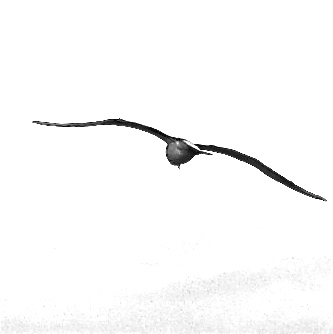
Disrespect.
The sunporch is a lovely place to do the ironing. The light is suburb. The breeze off the water cools. Sometime each day—the tide low, the seaweed exposed—a flock of Common Eider ducks, inhabitants of this part of the shore, climb out of the water and spread themselves out on the lower outcropping of exposed rocks that lie below the house. The little, fast growing, ducklings are easier to see out of the water so I’d been paying attention to their time ashore which seemed fairly brief and connected to wave and tide conditions.
On this particular bright, sunny, do-chores morning, I watched a human family–mom, dad, and three kids–make their way out on the rocks intent on taking pictures of each other, so intent that they failed to notice that their movements edged them closer and closer to the flock of ducks and ducklings hauled out of the water. As the human family kept moving forward I saw a string of duck bills simultaneously point towards them, a symmetrical heads-up line of concern, but the family continued moving forward, remaining oblivious. The duck moms hurried their brood and themselves into the water.
About twenty minutes after mom, dad, and the kids left the rocks a group of twenty-something young men approached the same area. They seemed anything but oblivious, deliberately and aggressively approaching the duck family now returned to their sunning spot. The young men drew closer and closer. Again the ducks headed back out into the water. What were these young men thinking? There was no note taking, nor a single tripod supporting a long lens, either evidence of serious birding. Only one young man raised his arm in a phone camera posture, the rest were casually swinging their water bottles as they climbed up an over the rocks headed for the ducks. What was their intent? Did they not understand wild? Did they think the ducks would welcome their presence? After some time, the young men moved back, then off the rocks and the ducks, always less graceful out of water, again hauled themselves to their spot on the shore.
Out of deliberateness or oblivion what I watched was disrespect. There was no evidence by either group of humans that this part of the shore is home to the creatures that inhabit this place. Both human groups would have recognized their trespass if they had ventured into someone’s fenced back yard but roaming freely or aggressively into a wild and unknown place carried no awareness of occupation by “other”.
Such rudeness, such disrespect, made me ashamed of my species.
.




